OUTLOOK
Some positive news came for everyone this week. With restrictions scheduled to ease we are excited for more opportunities across the board – Get a haircut, having a dinner at your local restaurant or having more fishing opportunities!
It is still early days and exact details on how this “easing” of restrictions and the new “normal” will affect everyone is not 100% clear. This also goes for fishing, charters and retail. At this point we will be continuing at our retail store with our “Openish” policy where you can call or email in your orders and have them shipped or pick them up curbside. Rest assured we are working away behind the scenes preparing the shop and are excited that the day you all can come and visit the shop is near!
How it will affect fishing is obviously on everyone’s mind. Per yesterday’s announcement by our Premier Provincial Parks will be open for day use as of May 14th. This is great news and will probably help with social distancing for fisherman because it will give us more options to “distance” ourselves. Also, on June 1st, most Provincial campgrounds and back-country camping is scheduled to re-open for overnight use. Click here for updates on the parks and always check before you head out and as always be sure you are following these guidelines if you are heading out.
In more directly related fishing news, freshet continues to ramp up with beautiful warm weather in the cards for the weekend. We expect this will limit river fishing opportunities. The good news is that the local lake fishing and the saltwater fishing continues to be excellent and we have info on the saltwater fishing in Jason’s section of the report.
We have another fun local fishery you can consider – bass fishing! We won’t be giving out spots, but Alex has a great overview of the gear, rigs and techniques you want to have in your arsenal. With a little exploring a research this is a great fishery to hit up this time of year.
If you are stuck inside or on the porch this weekend we have another video in the casting indoor series. It is a short but detailed look at a cool trick cast that you can learn in a few minutes of practice in your living room. It teaches you some great muscle memory that will make you a better versed fly caster and it’s also a great way to show-off to you fishing buddies. Take 10 mins, rig up the top sections of you fly rod and have some fun – Check that video out here:
On the lake fishing front, we continue our quest for the best all-round lake fishing boat. Many of you sent in your pictures and recommendations. It was great and thanks for the help. The boat has been picked! We will have more info soon. Matt has a few teaser pictures in the video version of the report where he also shares some of the tips and advice that you guys sent in.
If you are planning to get out “soon” for some lake fishing we also have our Chironomid Course with biologist and Master Chironomid Angler Trevor Welton next week! It is a zoom style course that you can enjoy from the comfort of your living room so make sure to check out details on it in the course section and there is still time to sign up!
Still on the lake fishing front Jordan has a fly tying video on a staple lake pattern that you will want in your box if you are getting ready for a lake trip. It is called the Avocado Scud. Video, write up and materials list are in this week’s fly feature section.
Last but not least Matt goes over all the fishing news and fun pictures in the video version of the report so make sure to check it out here.
On to the Report!
CLASSES + COURSES
Lakes – that is our focus for the remainder of our zoom classes this month. Trevor will be teaching the always popular Chironomid Course and Matt will be behind the camera as well this month teaching his Introduction to Fly Fishing Lakes Course.
Introduction to Chironomid Techniques
Seminar will be taught online! Watch and learn from the comfort of your own home!
Chironomids are the number one food source for trout in BC’s lakes; however, few anglers have taken the time to become true masters of this discipline. Those that do are often rewarded with the largest fish. Trevor is a former member of the Canadian Fly Fishing Team and an excellent chironomid angler. Dedication to his sport has helped Trevor become one of the top fly fishermen in the province as well as a fisheries biologist working for Hemmera. Content is for beginner to advanced.
Date: May 13
Time: 6:30pm
Cost: $50.00 GST
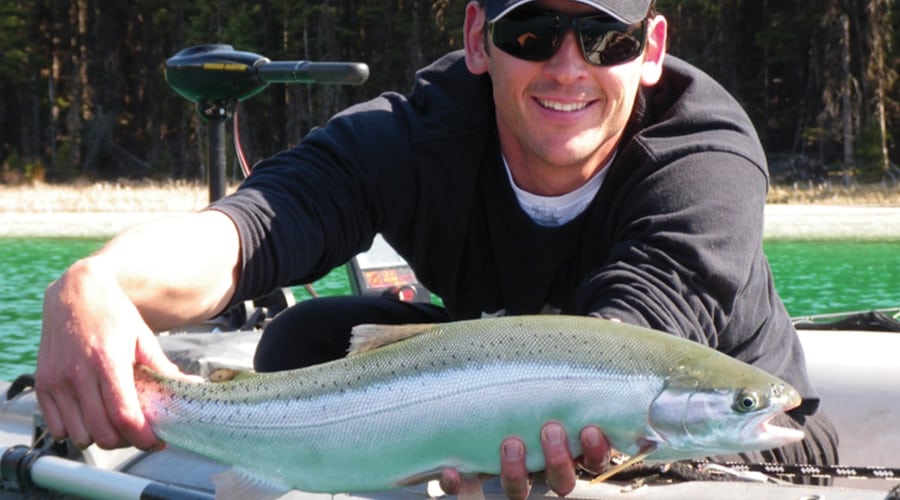
Introduction to Fly Fishing Lakes
Seminar will be taught online! Watch and learn from the comfort of your own home!
This course will give you an in-depth look at the fundamentals of fly fishing lakes. We explore equipment, techniques, major insect hatches and ideal lakes to begin with. You will learn all you need to plan your next successful lake trip to one of BC’s 5,000 lakes!
Date: May 26
Time: 6:30pm
Cost: $50.00+GST
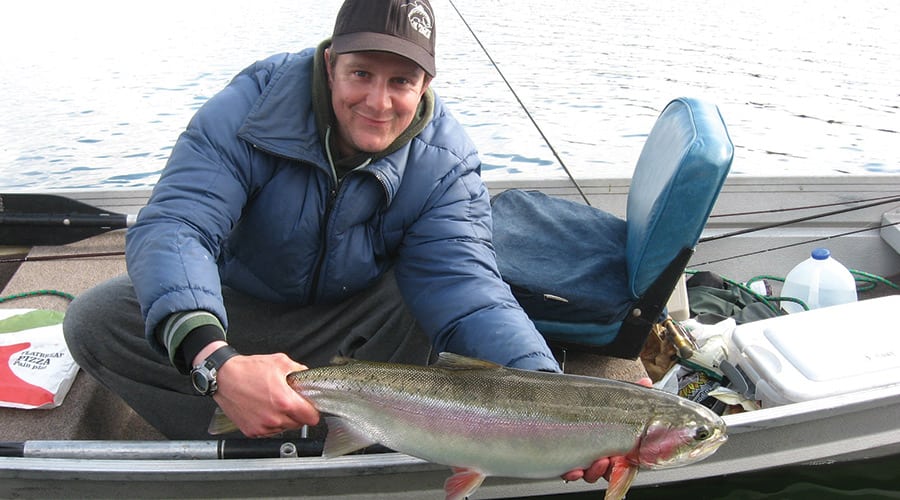
FRESHWATER FISHING REPORTS
Chilliwack/Vedder River Fishing Report
With the warm weather and as such the melting snow we expect the opportunities on the Chilliwack /Vedder will be limited this time of year. As we mentioned in last week’s report there is a regulation change on the river so a friendly reminder on those regulation changes below.
Downstream of Slesse Creek to Vedder Crossing bridge: (a) No Fishing May 1-June 30; (b) hatchery rainbow trout of any length 50 cm or less: daily quota = 4, July 1 – Apr 30 Downstream of Vedder Crossing bridge: (a) fly fishing only, bait ban, hatchery rainbow trout release (50 cm or less), and hatchery cutthroat release, May 1-31; (b)
Squamish River Fishing Report
We have been watching the numbers and though the river spiked last weekend as expected it dropped a bit in the middle of the week.
We heard of a few reports of decent fishing this week though the water was still high. We expect the river to rise hard again with the warm weather this weekend so watch your river levels and be careful if you are heading out.
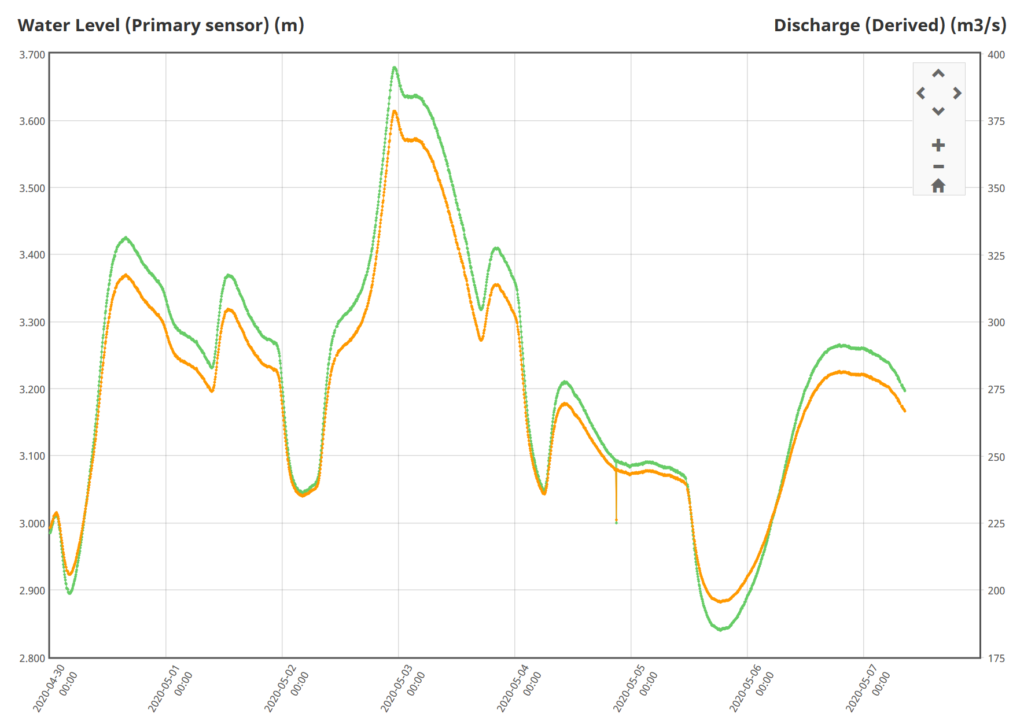
BASS FISHING FEATURE – GEAR YOU NEED FOR LOCAL BASS FISHING
Bass Primer
With steelhead season winding down and freshet looming for most of the rivers in the Lower Mainland, many anglers are turning to the lakes to satiate the desire for that tug. While trout fishing is the most popular fishery at this time of year, the Bass fishing is starting to heat up as well and can be a fun alternative.
Some of you reading this may already know that I am quite enthusiastic about Bass fishing. Note that I say I am an enthusiast, not an expert and have never claimed to be. This primer into the world of Bass fishing is not necessarily designed to help you catch the biggest fish in the pond but to help you gain an understanding on this fishery and some of its nuances. My hope is to give you a starting block from which you can forge your own experiences. This is also predominantly a write-up on Largemouth Bass fishing as, for the most part, that is what we have access to in the Lower Mainland.
Even though the Bass fishery has been gaining popularity over the last few years, I want to stress that it is quite different from the Salmon/Trout/Steelhead fishing that the West Coast of British Columbia is used to, so read on with an open mind and appreciate this fishery for what it is: an alternative.
So, what do you use to catch a Bass? There are so many different presentations and techniques out there that it’s easy to get lost, and new methods are being developed all the time. There are a few lures and baits that I like to turn to here in the Lower Mainland that are tested and true for the type of water that we have. For simplicity’s sake I like to break them down into two categories: reaction and forage. It’s not that black and white, so it helps to think of it more as a spectrum as some lures are a bit of both, depending on the situation.
Reaction style presentations do just what their moniker suggests; they elicit a reaction strike. These lures include buzz baits, spinnerbaits, and to an extent frogs and poppers. These lures are generally big, flashy, and put off a lot of commotion. As such, they have a fairly large drawing radius and can be used to comb vast areas. As a search bait, they are highly effective in drawing out fish that are in a positive feeding mood and aggressive.
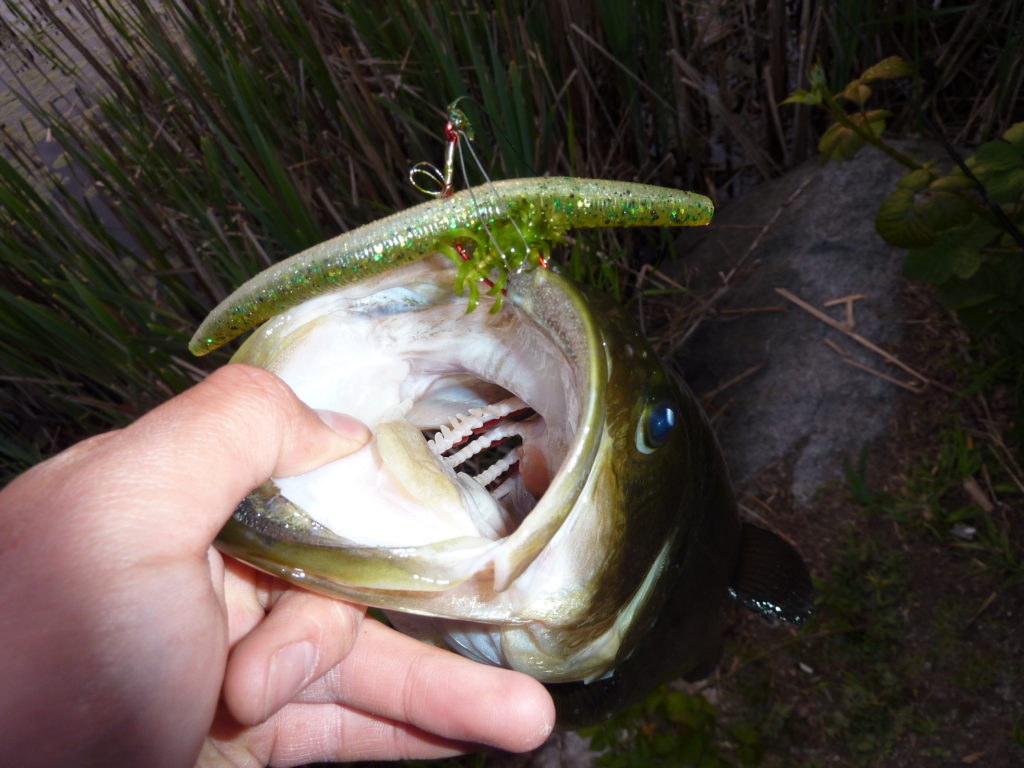
Wacky rigged Senko worm 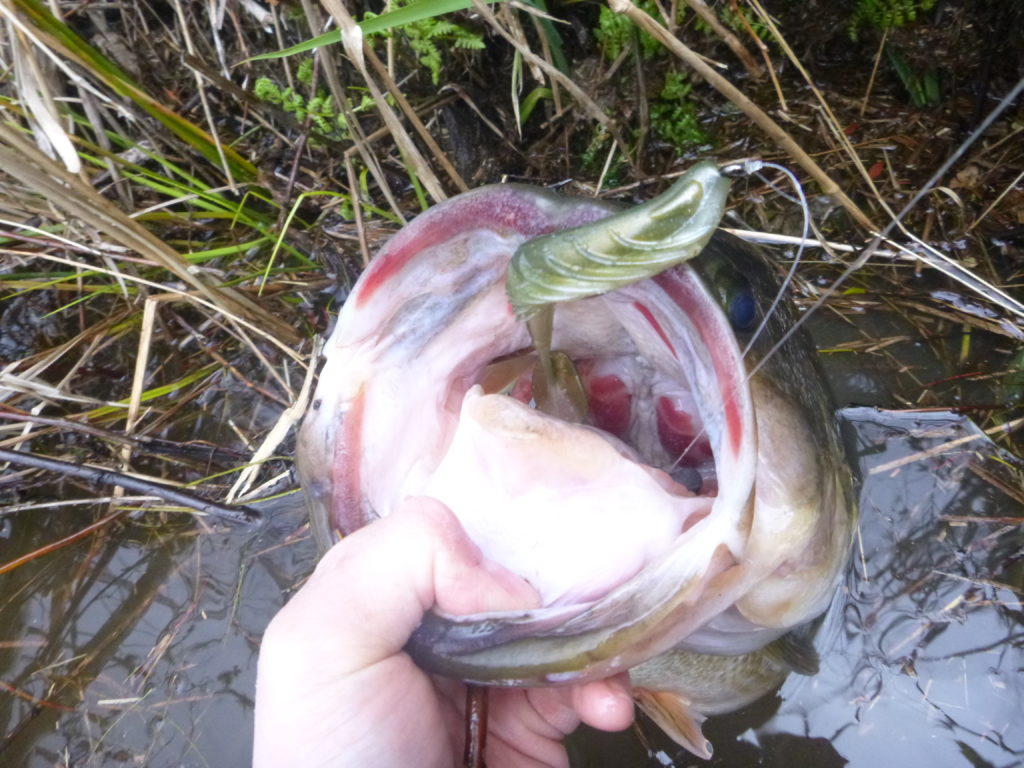
Yum Pulse Swimbait
Forage style presentations focus more on prompting a feeding response from a Bass as opposed to a reaction. Anything that a Bass can consider food falls under this category and includes worms, creature baits, craws, and swimbaits. A lot soft plastics fall under here and are usually rigged on an extra wide gap hook or, in the case of worms, rigged wacky style. As aforementioned I can’t really say these two categories are mutually exclusive as there is a bit of crossover in that some of the reaction style baits can also double as a forage style presentation in the right situation. For example, a spinnerbait with the right colours can pass as a baitfish, or a frog can pass as…well, a frog. Not very cut and dry, is it? Well, the following is the reasoning why I find it easier to classify them.
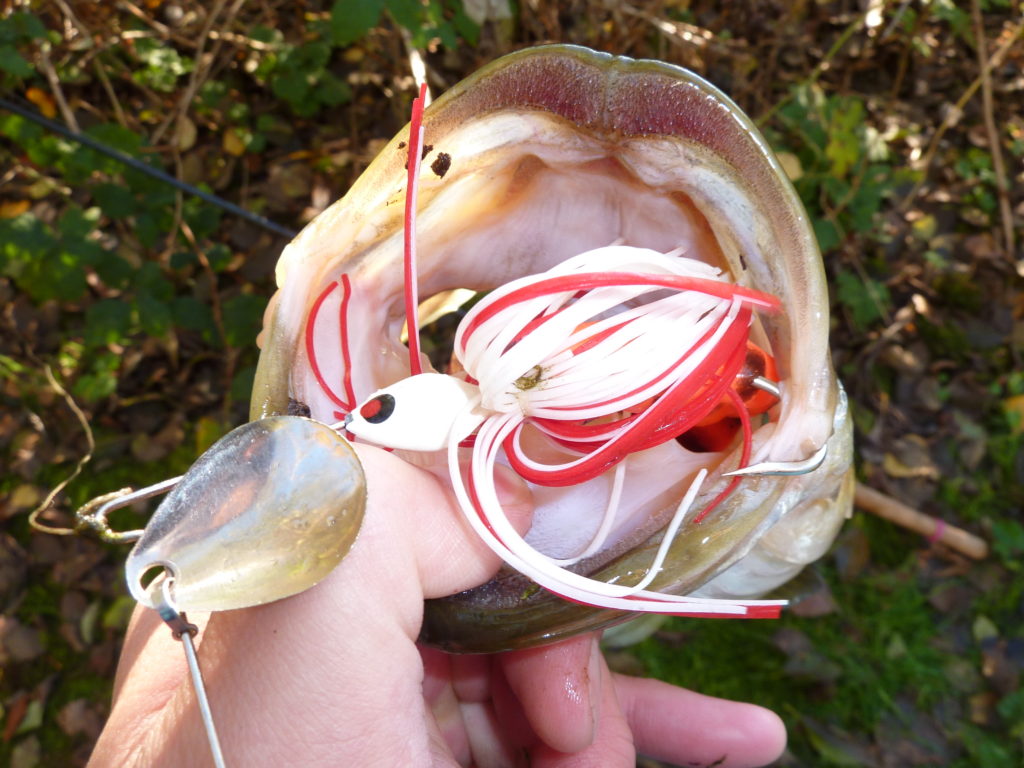
Spinner Bait 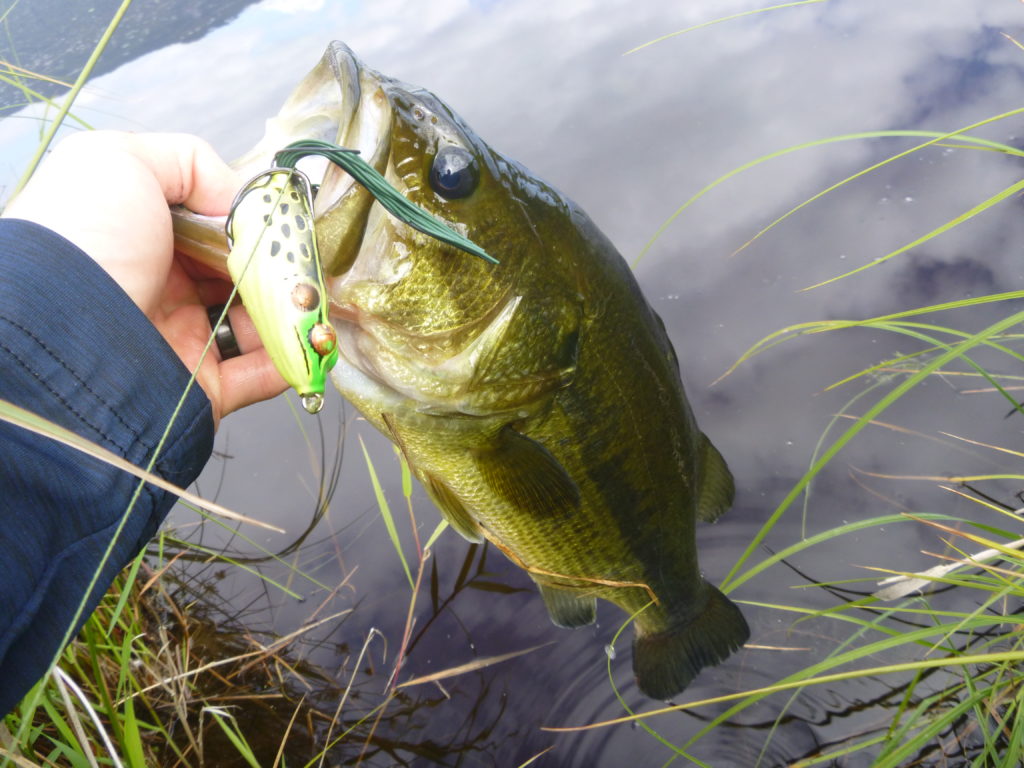
Topwater Frog
Bass can be extremely easy to catch on one day and then notoriously difficult to catch on another. It is one of the biggest “zero to hero” or “hero to zero” fisheries that we have here. The hardcore guys have figured out their routine and are well versed in adapting appropriately, but for those just starting out it can be extremely frustrating. These fish are extremely in tune with water temperature, weather trends, and light penetration, and this will both dictate their desire to feed and where you will find them. There could be an entire article on just this, but I will keep things simple for this week’s report. Very generally speaking, bass like stable weather (stable barometric pressure), and warmer water. This means that it may be a good sign if you have a long stretch of sunny days or a long stretch of cloudy days. Now they can still be caught when the weather goes south, however the one situation you don’t want to find yourself in are post-front conditions. These are the bright, blue bird skies right after a storm or right after a prolonged period of darker days. As they are primarily sight feeders, they know that this newfound long line of sight means predators can see them too and thus tuck very far into cover while they re-adjust. Their strike zone decreases drastically too and they are much more likely to get spooked. Can they still be caught? Of course, but it is much harder. Light penetration also plays a daily role. Just like with salmon fishing, there is a first light and last light component to it as these lower light periods add overheard cover. During low light periods, Bass tend to roam more and actively feed. Once the sun is directly overhead in the middle afternoon, they end up tucking back into structure and are out of sight. This means in high light/high line of sight situations you may need to make multiple casts to a piece of structure before getting a bass to commit, if it is going to commit at all.
So why is Alex going on and on about weather and light penetration? Well this will dictate what you should be using, or at the very least the type of lures you will want to bring with you. If it is a cloudy or rainy day, reaction style baits can be great for covering a ton of water and finding active groups of fish. Fire those suckers out there and winch ’em back and cause as much commotion as you can. If it is sunny or if you are like me and are confined to fishing inopportune hours most of the time, try sticking a more forage-based presentation near some structure and twitch it through slowly. Long story short, Bass can be caught in pretty much any situation, but you will want to adjust accordingly in order to maximize your chances.
Making these adjustments can save your fishing trip big time.
Now that the boring part is out of the way, let’s talk about gear! This is the part that a lot of my peers scoff at, and coming from a Salmon/Trout/Steelhead background myself I can kind of see why. In saying that, there is a definite reason why Bass anglers use the gear they do. First, you need to ask yourself what kind of Bass fishing you want to be doing. Are you just going to be an open water kind of angler? Perfect. Light to medium powered rods (spinning or baitcasting, your choice) in the 6-7 ‘ range spooled with anywhere between 8lb fluorocarbon to 20lb braid will suffice. Do you want to rip the baddest Bass out of the most intense fallen tree or mat of pads ever? This is where the gear gets upscaled in a hurry. Most of my dedicated Bass gear is baitcasting gear in medium-heavy to heavy power and the 6’6″ to 7’ range, with a couple of spinning rods of the same spec thrown into the mix. The corresponding reels are spooled with anywhere between 30lb-65lb braid. The crux of the matter is that this gear isn’t for “fighting” the fish. No, it isn’t sporting. You are trying to wrestle a big fish out of a really tight spot. Light rods don’t have the backbone to turn a big Bass up towards the surface, and hence they run free in the structure and get you tangled up. Light line wraps up or gets frayed and snaps. Don’t trust me? I’ve had 15lb fluorocarbon leaders that I use with no issues on big salmon in fast water snap on a “measly” 3 pound Bass in heavy, abrasive cover. It really does make that much of a difference when fishing in structure. All that said, pick the setup that works best for you and your situation. In heavy structure or when fishing big reaction style lures, run braid all the way down. If you are fishing very clear water and there is little in the way of stuff to get snagged on, either run a lighter leader or just run straight mono/fluorocarbon from your reel. It’s all about the situation.
If you have read this far and still don’t believe me or don’t want to gain a whole new arsenal of gear or just want to catch one to check it off the bucket-list, try throwing a moderately sized spinner on a light or medium powered spinning rod. I’ve had a lot of fun catching fish up to 2.5 pounds doing this. It’s simple and doesn’t involve any new equipment. However, note that this limits the type of water you can fish drastically and doesn’t appeal to the bigger fish most of the time.
I know this is a lot of information for those that haven’t really dabbled in the Bass world, but trust me when I say this is just the tip of the iceberg. In my opinion this is a fascinating fishery that is a lot more technical than most people give it credit. If you would like to know more or want to get geared up come talk to me or any of the other guys at the Shop.
Alex Au-Yeung
FLY FEATURE
The Avocado Scud
The Avocado Scud was born out of necessity. How does a (mostly) saltwater fly tyer tie a freshwater scud?
Well, you learn to adapt and use the materials on hand- and sometimes, it works out!
Having a fairly intimate knowledge on how EP fibers and similar ones work, I knew that I wanted the brush to be fairly sparse. You will be better off with less EP fiber than more when building your brush.
Another thing is knowing that the different types of UV resins are in relation to viscosity, and not on how to put it on. Most resins come in Thin, Medium, and Thick. I use the Thick on this scud as it allows me time to work on shaping without it running through the fibers or dripping off. I have tried thin and medium, and found they bled into the EP Fiber, making them hard. I only want it on the tops and side of the shell, and found Thick to be the most forgiving.
Play around with colours and blending, and you’ll be able to create custom scuds for your favourite lake!
We’ve got the video here and recipe below.
Original Recipe:
Hook: Scud style, size to match naturals (14, 12, 10 are common)
Thread: UTC 70; colour to match naturals
Body: EP Fiber
Rib: UTC Ultrawire (small)
Back 1: Scud Back
Back 2: Solarez Thick
Jordan Simpson
SALTWATER FISHING REPORTS
Vancouver Saltwater Salmon Fishing Report
Look out, here comes the sun! What I should be saying is here comes the NW. As usual, the high-pressure system and heat of the sun brings in sustained NW winds and it looks like this weekend will be no exception. You never really know with the NW, it can be 5-10 or 20-25, so it can often be a game time decision on where you can or can’t fish, or if you even want to attempt it.
As far as chinook fishing, for those that have been going out it has been pretty good. Fishing has been consistent the last 3 weeks off South Bowen from Cowan to Roger Curtis, 80-140 on the riggers. If it is blowing NW, you can hide in Seymour Bay and that will usually produce and be calmer seas. You could also take a look at Hole in the Wall as it often produces this time of year, but it looks like there are some outflow winds forecasted this weekend, so if that does materialize the Hole will be windy.
We did make it out last week and were able to get into a few lingcod and rockfish. There are definitely more people bottom fishing than usual because of the chinook closure, so don’t be surprised if the more popular spots have been picked over a bit already. The Gibbs Delta Power Paddle Tails did the trick for us in glow and orange.
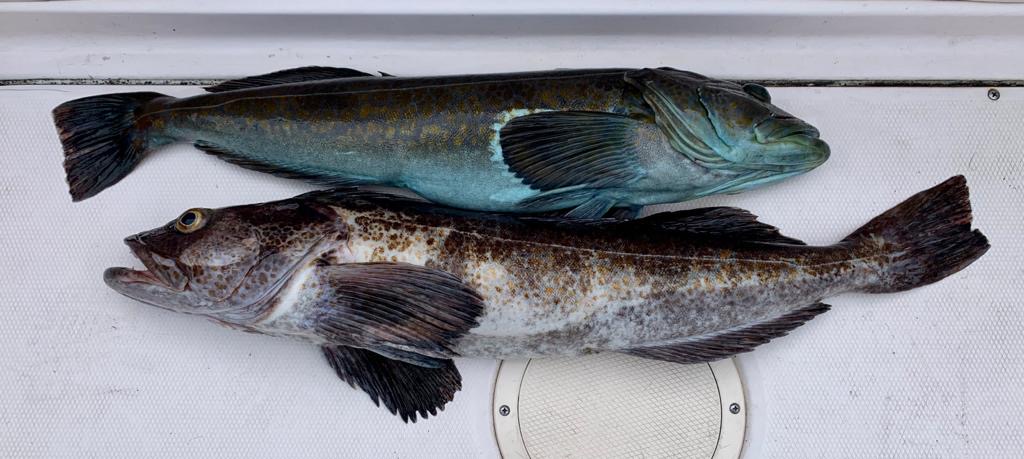
Crabbing has been solid for a while now and prawning is not what it was a few months ago of course, but there are still some productive spots if you know where to look.
We aren’t doing charters yet, but with the recent announcements I think we will be able to do some sort of charter sooner than I thought. The Sport Fishing Institute is working with the Province on guidelines and protocol for the charter industry so we can move forward on operating charters in a safe and responsible manner. Once that document is out we will take a look and assess if it is reasonable for us to do charters, but for now the boats are going to stay at the dock.
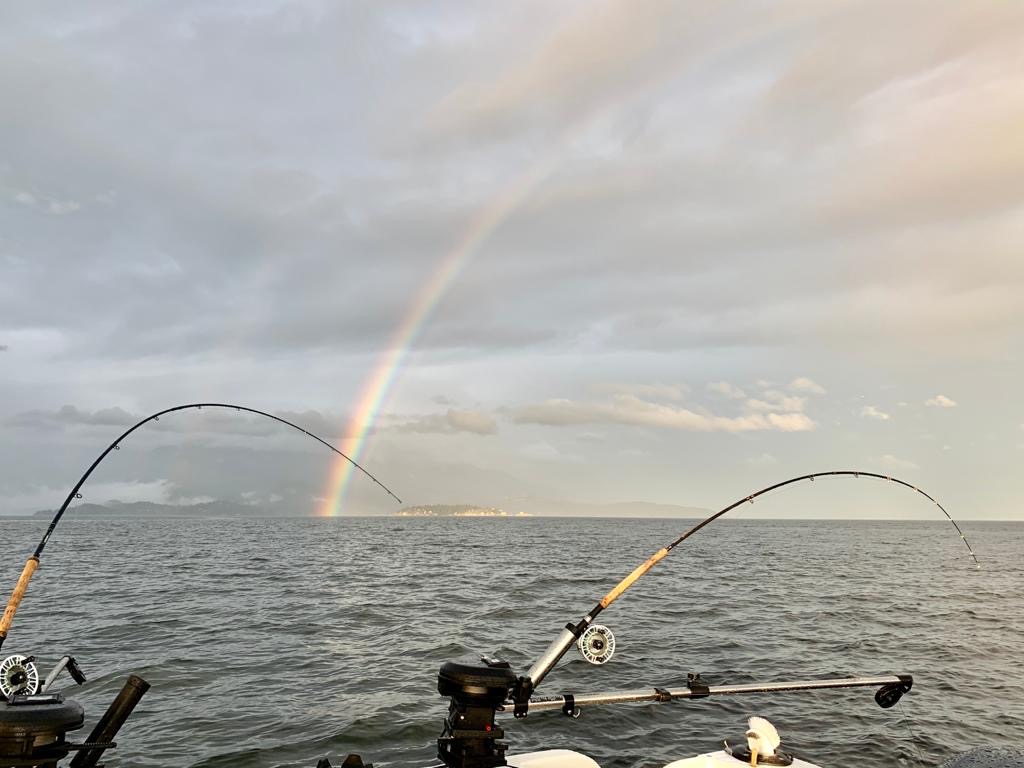
We really miss getting out on the water with our clients, especially with our local repeat clients who often book a lot of trips this time of year to take advantage of the awesome chinook fishing, crabbing and prawning. As soon as we get the green light and are prepared, we will be giving you a call. Until then, stay safe and positive, better times are ahead.
Jason Tonelli

